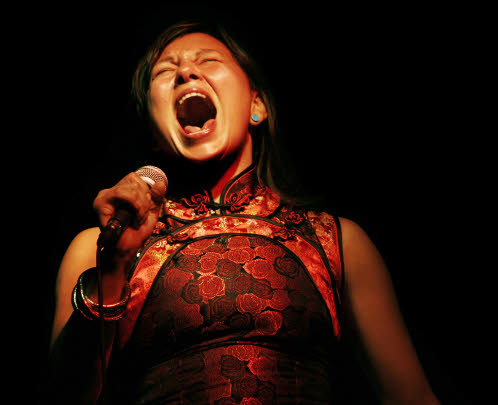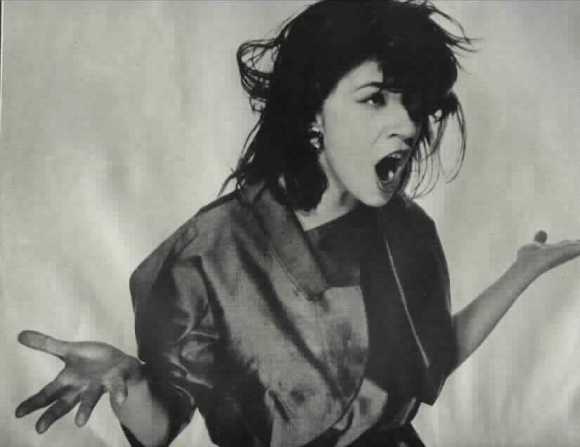
Inuit throat singer Tanya Tagaq got her big break when Bjork invited her to sing on “Ancestors” for her vocals-only album, “Medulla,” in 2004, and brought her along on tour. The following year, the Victoria Island artist released her debut, “Sinaa,” which was nominated for five awards at the Canadian Aboriginal Music Awards and features the jaw-dropping song, “Qimiruluapik.”
Tagaq in the 1990s developed a style of singing both percussive and melodic Inuit roles, traditionally a two-woman job. I bow before her talent, knowing full well that when confronted with Tagaq’s exorcism-level exhalations, citizens fall into one of four categories: horrified, annoyed, seduced or deaf. For instance, “Illunikavi,” also from “Sinaa,” begins soft and sinewy; then the grunting kicks in, rudely switching the mood from the bedroom to the pig pen — culminating in something akin to an Animal Collective song performed by a choir of imbeciles. She’s assisted by throat singer Filipe Ugarte, but the only version I could find online was this solo performance. If you have Spotify, you can find the version from the album.
There’s a constant something primal, PRIMORDIAL in Tagiq’s singing that allows her work — though bizarre — to stay firmly grounded in reality. Just as the dip of a dancer’s hip means something in a hula plot, Tagaq’s grunts and moans help her tell her native Inuit tales.
But back to “Qimiruluapik” (which is begging for a remix by Kanye West). This is what punk rock would sound like if instruments hadn’t been invented. I haven’t found a translation, but I like to think that Tagiq is recounting the lesson of why it’s best to wait till the colony’s left the hive before going honey-hunting (see also Winnie the Pooh).
NOTE: I’ve shared an annoying Myspace link (the arrow-in-the-circle icon directly below), because it’s the only link I can find, other than Spotify, containing the full song. The Youtube that follows is an abbreviated version of “Qimiruluapik.”



